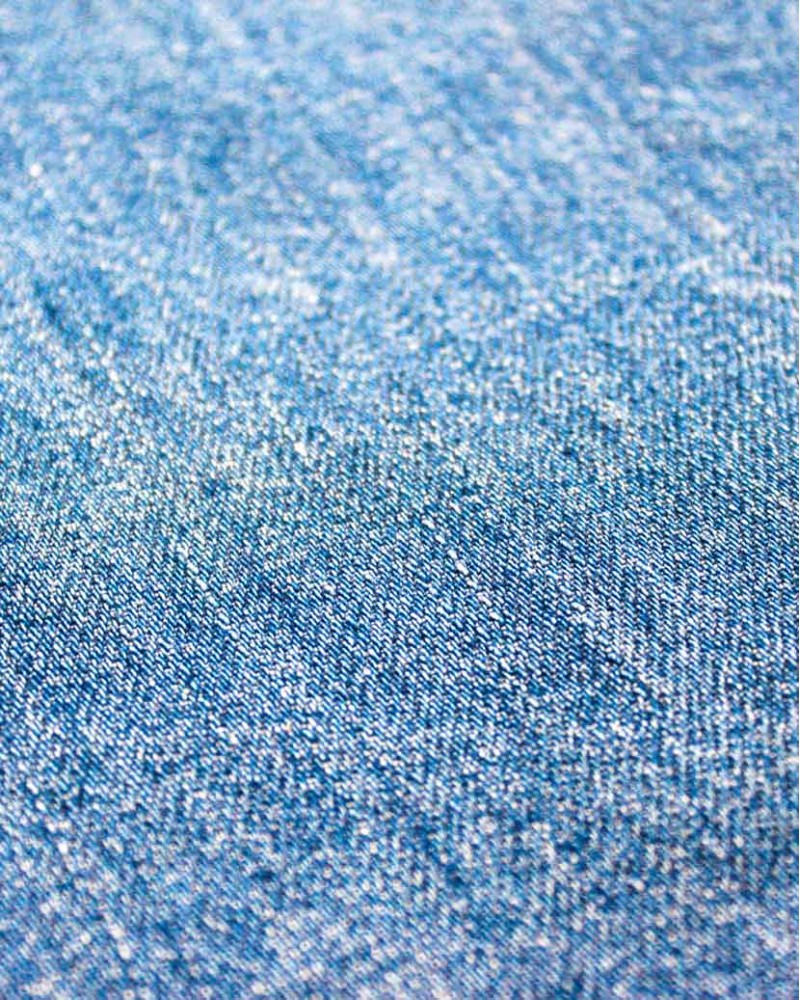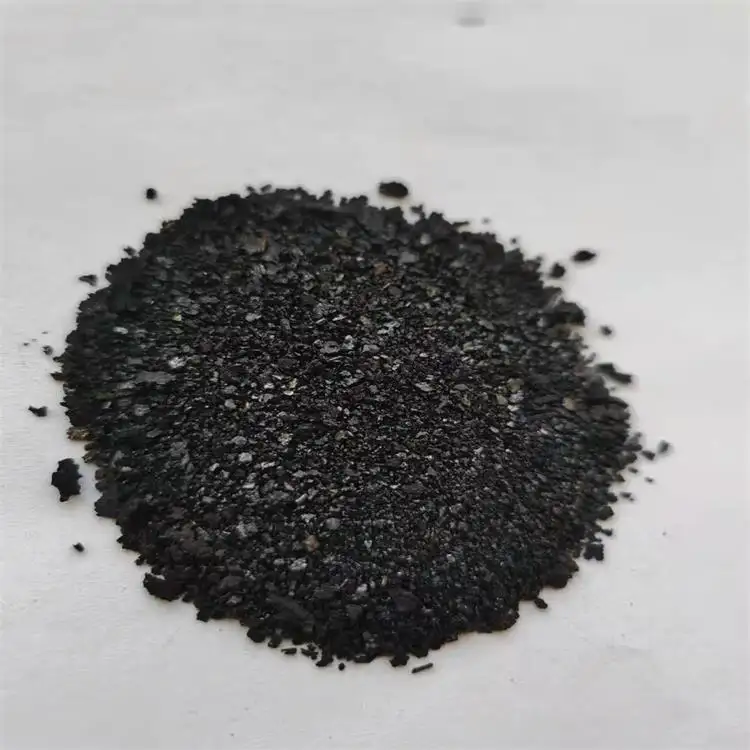light indigo color company


Moreover, the authority of indigo dye is buttressed by its historical and cultural significance. From the indigo plantations of West Africa to the ancient dye markets in India and Japan, the global footprint of indigo is a narrative of trade, innovation, and cultural symbolism. Modern educational initiatives aiming to preserve this heritage not only underscore indigo's artistic and cultural attributes but also encourage ethical production standards that resonate with socially responsible consumers today. Ensuring the trustworthiness of indigo-dyed products also involves certifications and labeling that affirm ethical sourcing and production. Trusted certifications like the Global Organic Textile Standard (GOTS) apply strict criteria that safeguard environmental and social aspects of textile manufacturing processes. Such endorsements empower consumers to make informed choices, reinforcing the credibility of indigo-dyed products in the global market. In conclusion, indigo dye represents much more than just a means to color fabric. It stands at the crossroads of natural history, artistic expression, and sustainable innovation. Its enduring legacy and continued relevance in contemporary markets hinge on a delicate balance of tradition, environmental stewardship, and market adaptability. Enhancing public awareness and appreciation for indigo dye through robust SEO strategies can further establish its prominence, ensuring that more consumers recognize and value its unique contributions to the world of textiles.
-
Innovating Bromo Indigo Excellence
NewsAug.23,2025
-
Pioneering Indigo Plant Dye Excellence
NewsAug.23,2025
-
Leading Sulphur Black Dyes Enterprise
NewsAug.23,2025
-
Sulphur Black Dyes Light Resistance
NewsAug.23,2025
-
Indigo Blue Granular Industrial Uses
NewsAug.23,2025
-
Bromo Indigo Synthetic Production Process
NewsAug.23,2025
-
The Timeless Art of Denim Indigo Dye
NewsJul.01,2025

Sulphur Black
1.Name: sulphur black; Sulfur Black; Sulphur Black 1;
2.Structure formula:
3.Molecule formula: C6H4N2O5
4.CAS No.: 1326-82-5
5.HS code: 32041911
6.Product specification:Appearance:black phosphorus flakes; black liquid

Bromo Indigo; Vat Bromo-Indigo; C.I.Vat Blue 5
1.Name: Bromo indigo; Vat bromo-indigo; C.I.Vat blue 5;
2.Structure formula:
3.Molecule formula: C16H6Br4N2O2
4.CAS No.: 2475-31-2
5.HS code: 3204151000 6.Major usage and instruction: Be mainly used to dye cotton fabrics.

Indigo Blue Vat Blue
1.Name: indigo blue,vat blue 1,
2.Structure formula:
3.Molecule formula: C16H10N2O2
4.. CAS No.: 482-89-3
5.Molecule weight: 262.62
6.HS code: 3204151000
7.Major usage and instruction: Be mainly used to dye cotton fabrics.

